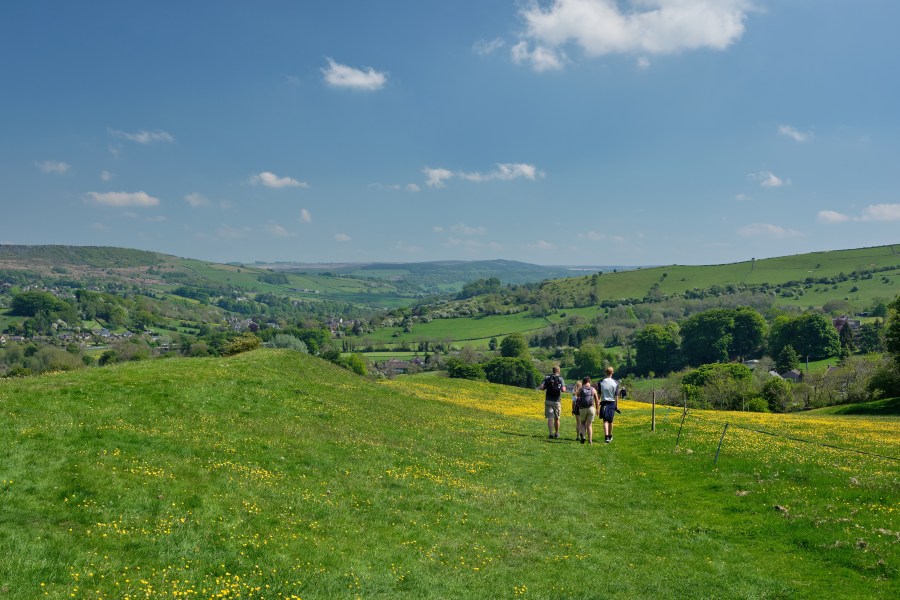What is Common Land?
If you own a vineyard or are in the process of buying one, you may have been told that part of your property is ‘common land’. There are around 8,000 parcels of common land dotted all over England according to the Government database. If your land is ‘common land’ it means that other people can enter your land or can take or use something that naturally occurs on that piece of land. What can be used or taken depends on the nature of that specific piece of land. The most common right is being able to graze animals on the pasture, or a ‘right to roam’ which means you can walk over the property without sticking to footpaths. However, other examples can be the right to take timber or to fish if a pond or stream crosses through.
As with many things property law related in England, common land has historic roots spanning back hundreds of years when poorer people (or the ‘commoners’) relied on these natural resources to cook and live. However common land does not mean that any member of the public has the right to use the land. Historically, it was only available to defined groups of people that likely lived close by such as a village or parish district. In modern times it is not so easy now to find out who has the benefit of these rights, but the land remains ‘common land’ all the same.
What can I do with Common Land?
This is the big question. As mentioned above, even if you cannot tell who has the benefits to use these rights over your common land, it nonetheless remains common land which means you have restrictions on what you can do with it. To start with you cannot do anything which will obstruct or make it harder for people to exercise their rights. For example, if there is a grazing right over your land, you cannot build a winery or plant vines on that land as it would reduce the amount of area you can graze animals on. It is also unlawful to drive over common land without proper authority.
If you want to erect fences, put up buildings or resurface common land then you will need consent from the Planning Inspector on behalf of the Secretary of State for Environment, Food and Rural Affairs (in addition to any planning consent). However, you would not need consent for developments which do not infringe on rights such as adding gates to existing boundaries, putting up information boards or putting in feeding and watering troughs.
How do I know if my property is Common Land?
If you already own the property or are in the process of buying or leasing a property, your solicitor will have to undertake legal investigations that will reveal if your land is common land. If you are otherwise interested in finding out, you can google ‘common land government database’ and check the database for your address.
As a final thought, it is useful to note that common land will be considered by the valuer in their property valuation.
This article does not constitute legal advice.




